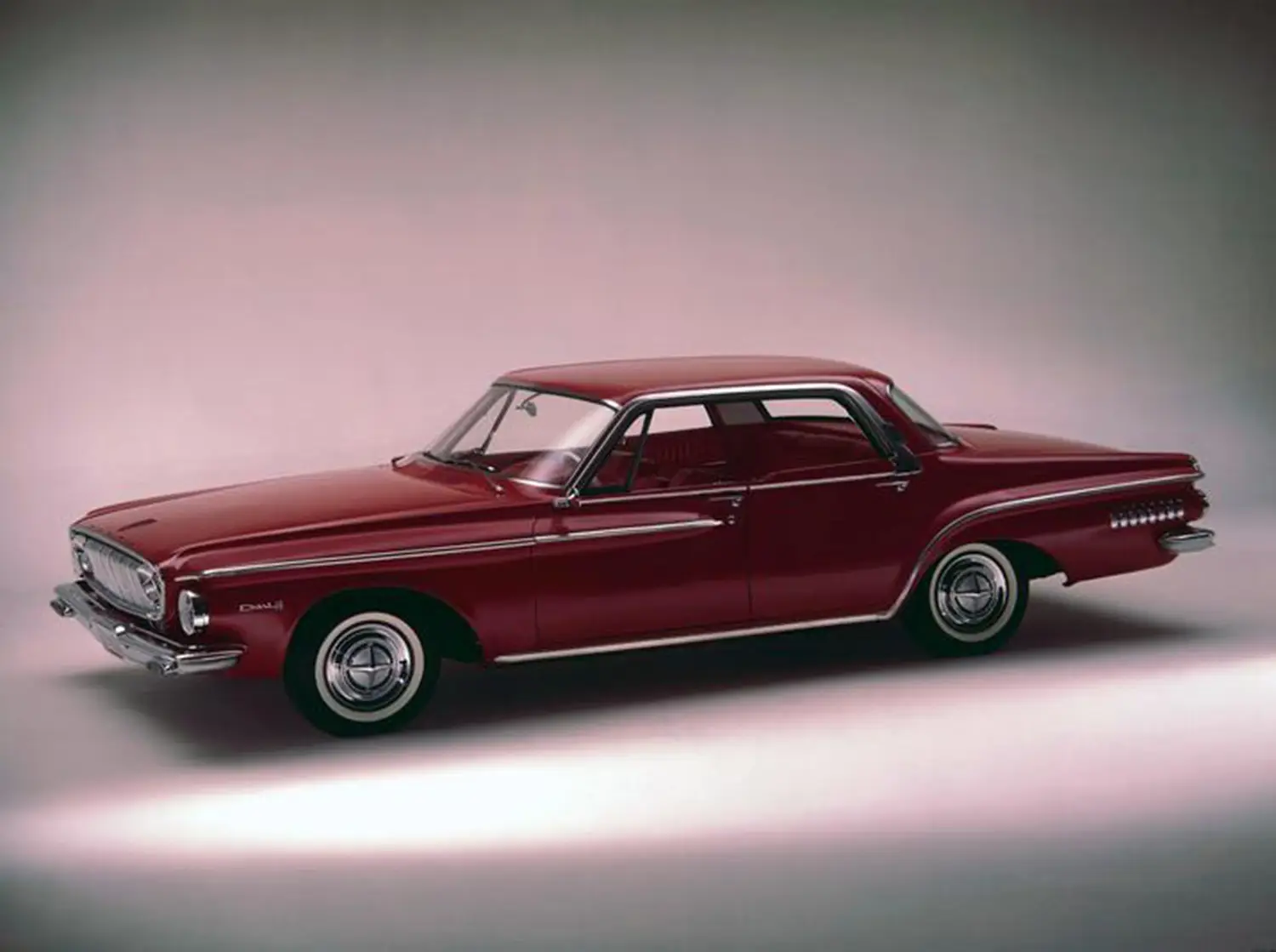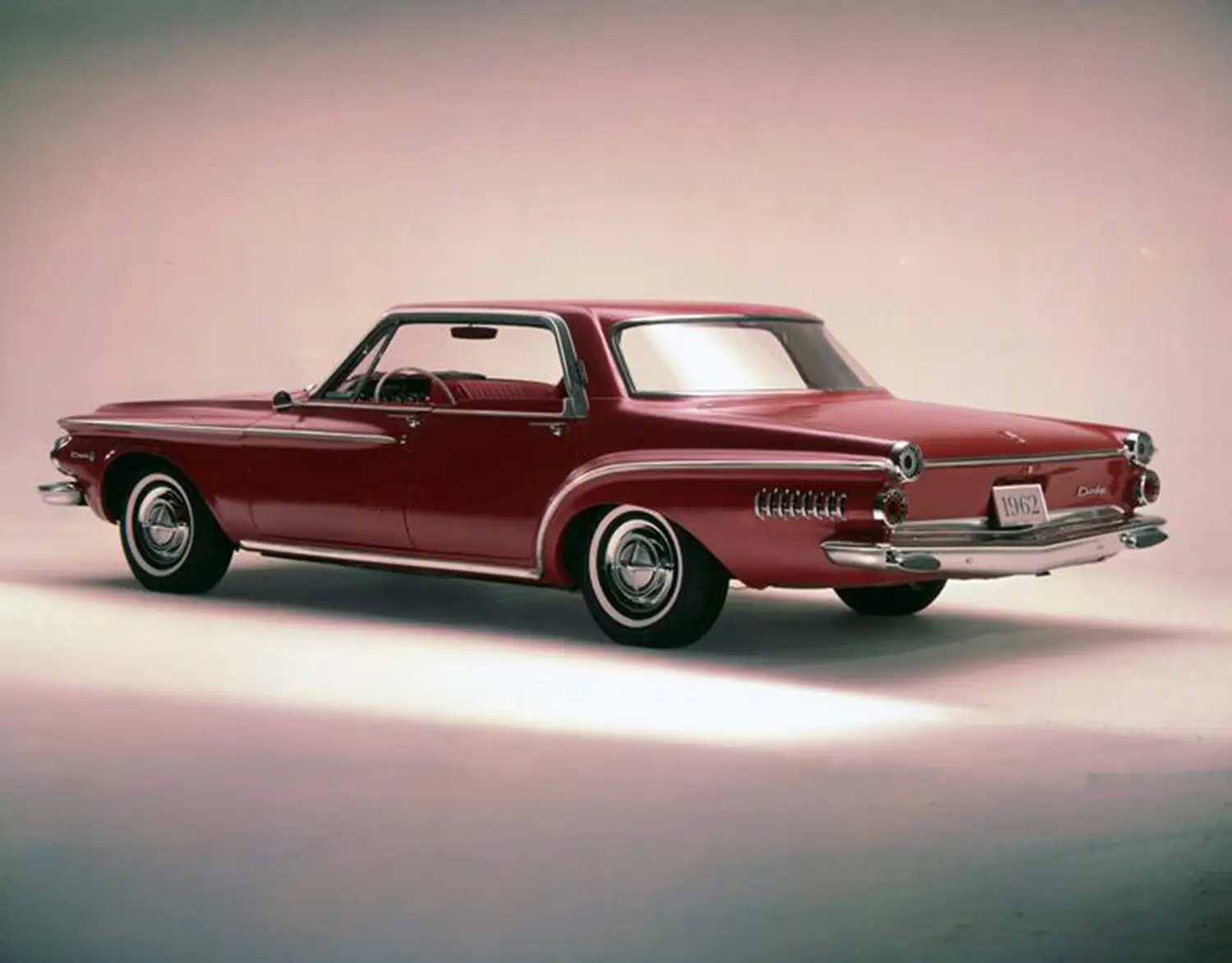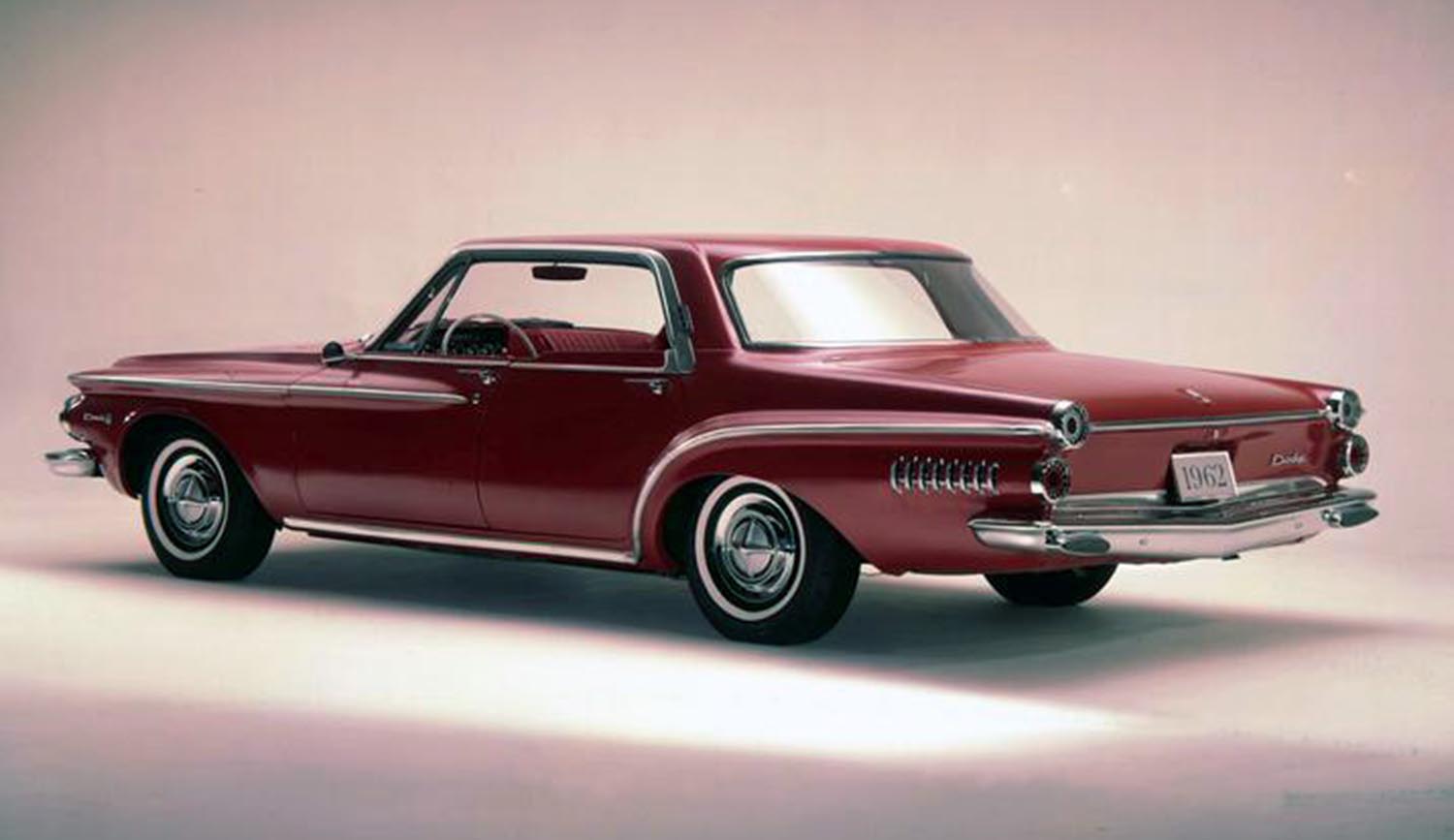 The 1962 Dodge Dart 4-door remains a singular, fascinating chapter in the Mopar archives, a car born from confusion, rumors, and audacious styling choices. This particular Dart holds a special place because it represents a complete one-year design departure, standing alone between its full-size predecessors and its compact successors. It is the epitome of the early 1960s automotive risk-taking and an icon for those who appreciate a truly distinctive look. To fully appreciate its story, you must understand the turbulent times at Chrysler Corporation that led to its creation. Consequently, this model offers a unique insight into corporate decisions shaping automotive history.
The 1962 Dodge Dart 4-door remains a singular, fascinating chapter in the Mopar archives, a car born from confusion, rumors, and audacious styling choices. This particular Dart holds a special place because it represents a complete one-year design departure, standing alone between its full-size predecessors and its compact successors. It is the epitome of the early 1960s automotive risk-taking and an icon for those who appreciate a truly distinctive look. To fully appreciate its story, you must understand the turbulent times at Chrysler Corporation that led to its creation. Consequently, this model offers a unique insight into corporate decisions shaping automotive history.
A Stylistic Leap Born from Misinformation
The distinctive look of the 1962 Dodge Dart sedan is something you either love or, more often for the time, you were confused by. The truth is, Chrysler executives prematurely downsized the full-size Dodge lineup after receiving false intelligence that General Motors was doing the same. Virgil Exner, Chrysler’s visionary design chief, had to quickly adapt his larger, more expressive “S-series” styling to a shorter 116-inch wheelbase platform. The resultant car was widely ridiculed as a “plucked chicken,” a bizarre mix of futuristic elements on a suddenly truncated body. Therefore, the 1962 model was deemed an intermediate size car, even though its advertising still tried to position it against full-size rivals. The controversial vertical bar grille and the uniquely canted rear window on the four-door models certainly ensured the car was noticed.
An Intermediate Size, Outsized Ambition
The physical dimensions of the 1962 Dart placed it squarely in the new intermediate category, which was just starting to emerge. It was a clear deviation from the previous generation’s full-size platform. This particular downsizing decision, while initially catastrophic for sales, actually positioned the car perfectly for a major performance leap. You see, a smaller, lighter body shell meant a better power-to-weight ratio. Dodge offered the Dart in three trim levels that year: the Dart (base), Dart 330, and the premium Dart 440.
Performance Pedigree and Powertrain Options
While the styling was polarizing, the engineering underneath gave the 1962 Dart some undeniable muscle car heritage. The new B-body unibody construction was inherently rigid, providing excellent handling for a family sedan. The standard powertrain was the dependable, canted 225 cubic-inch Slant Six engine, a truly legendary Mopar workhorse.
The true excitement, however, lay in the available V8 engines. Buyers could select the 318 cubic-inch V8, offering a solid blend of power and economy. For those craving real punch, the 361 cubic-inch V8 was available, providing a serious performance upgrade. Yet, the model’s enduring performance legend is tied to the racing option.
The most potent and legendary factory engine offered in 1962 was the mighty 413 cubic-inch “Max Wedge” V8. This powerhouse was designed for the drag strip, transforming the Dart into a true sleeper. With its unique cross-ram induction system and high compression, it delivered incredible quarter-mile times. The lightweight body and powerful engine combination made the 1962 Dodge Dart 4-door a force to be reckoned with on the drag strip, silencing many of its critics. This potent engine provided an eye-watering factory-rated 410 or 420 horsepower, depending on the compression ratio chosen.
The Dart’s Lasting Influence and Icon Status
The unconventional styling of the 1962 Dart was a one-off for the Dodge nameplate, as the model was completely restyled for 1963 and simultaneously shifted to the compact A-body platform, replacing the Lancer. This dramatic, single-year model change cemented its unique position in history. Furthermore, the 1962 Dart’s B-body platform proved to be one of the most significant foundations in Mopar history. It eventually served as the basis for some of the greatest muscle cars of the decade, including the Charger and the Road Runner. Therefore, the seemingly awkward Dart was a vital stepping stone to Mopar’s high-performance golden age. Looking back now, the car’s bold lines and unusual proportions have aged into a charming, eccentric character, making it a highly desirable piece of Mopar history. It may have been a sales disappointment in its day, but its legacy as the B-body trailblazer is assured.
The 1962 Dodge Dart 4-door is much more than a footnote in automotive history; it is a testament to the turbulent but dynamic early sixties. Its controversial design and powerful engine options make it a fascinating object of study for any automotive enthusiast. It remains a unique, quirky, and surprisingly influential Mopar icon.
Disclaimer: Content on this site is for informational purposes only. Vehicle specs, pricing, and availability may change. Always verify details with official sources before making decisions. Opinions are those of the authors.
Source: Stellantis

